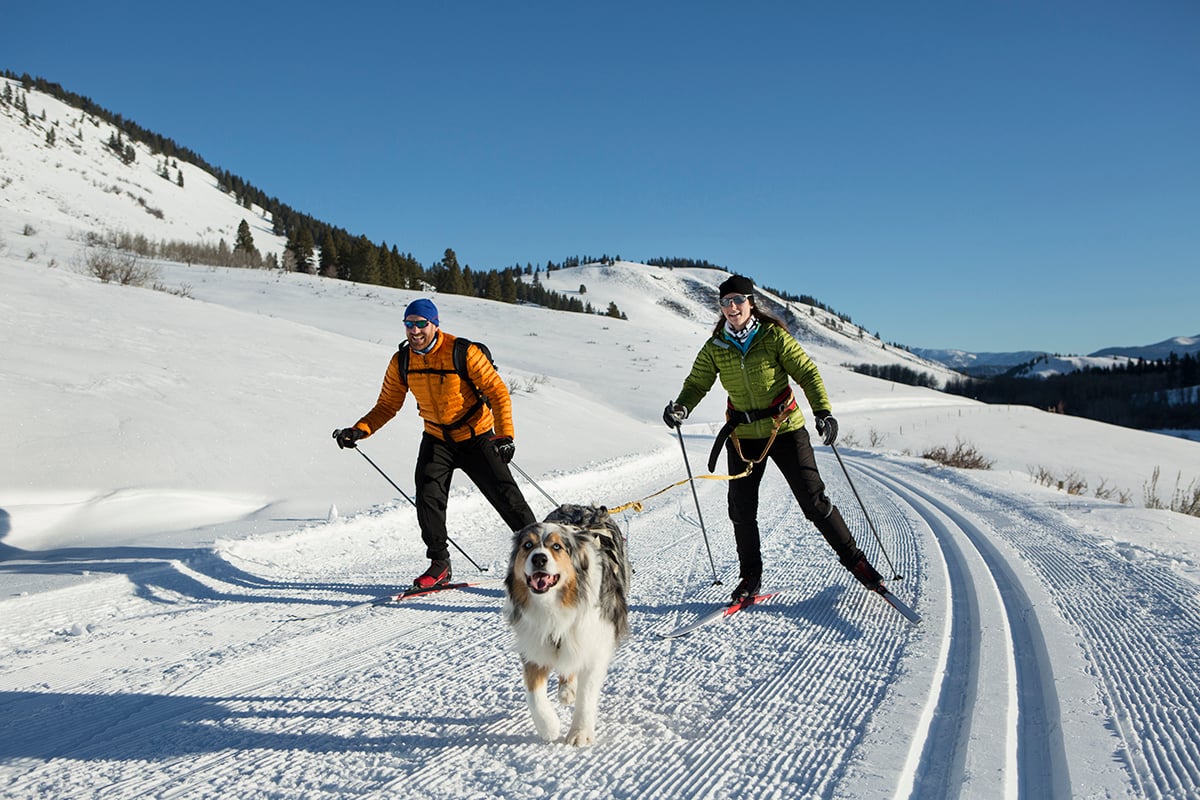 If you’re looking for a unique way to enjoy Nordic-inspired outdoor winter fun with friends and family, consider skijoring! Blending elements of dogsledding and waterskiing, this thrilling sport involves being towed on skis behind a horse, dog or other animal—or in some variations, even a motor vehicle.
If you’re looking for a unique way to enjoy Nordic-inspired outdoor winter fun with friends and family, consider skijoring! Blending elements of dogsledding and waterskiing, this thrilling sport involves being towed on skis behind a horse, dog or other animal—or in some variations, even a motor vehicle.
The origins of skijoring
Like many other popular winter sports, skijoring (from Norwegian skikjøring, or “ski driving”) has deep historical roots. For hundreds of years, similar techniques were practiced in Norway by Sámi and other peoples as a form of transportation, usually involving a sled towed behind a reindeer or horse for travel through snowy Nordic regions.
Scandinavian immigrants in the early 19th century brought the idea to North America and incorporated influences from dogsledding. Since then the activity has evolved, with a variety of inventive twists to make it a more exciting sport for participants and those watching the fun. For example, in North America, riders wear skis or snowboards and are often towed behind a horse, rather than dogs or reindeer. There are creative variations of skijoring too. Some add a rider for the horse, while others use teams of dogs or a snowmobile, motorcycle or small car for fast-paced adventure in the snow.
Ready to give it a try?
There are many resorts and skijoring organizations in Canada and the United States that offer lessons. And for those who would rather enjoy the thrills as a spectator, Skijoring is growing as a competitive sport that offers many opportunities for family viewing fun. There are hundreds of popular festivals and competitions around the world that feature Skijoring. From Tromsø in Norway to Calgary in Alberta, Canada, and several areas in the United States (including Colorado, Montana, Wisconsin and the Dakotas) you can find a place to watch the action.
